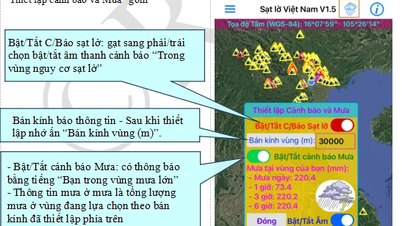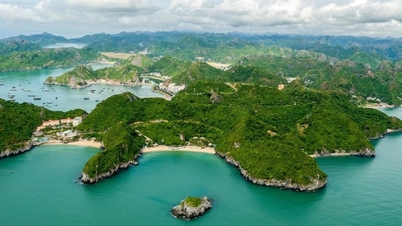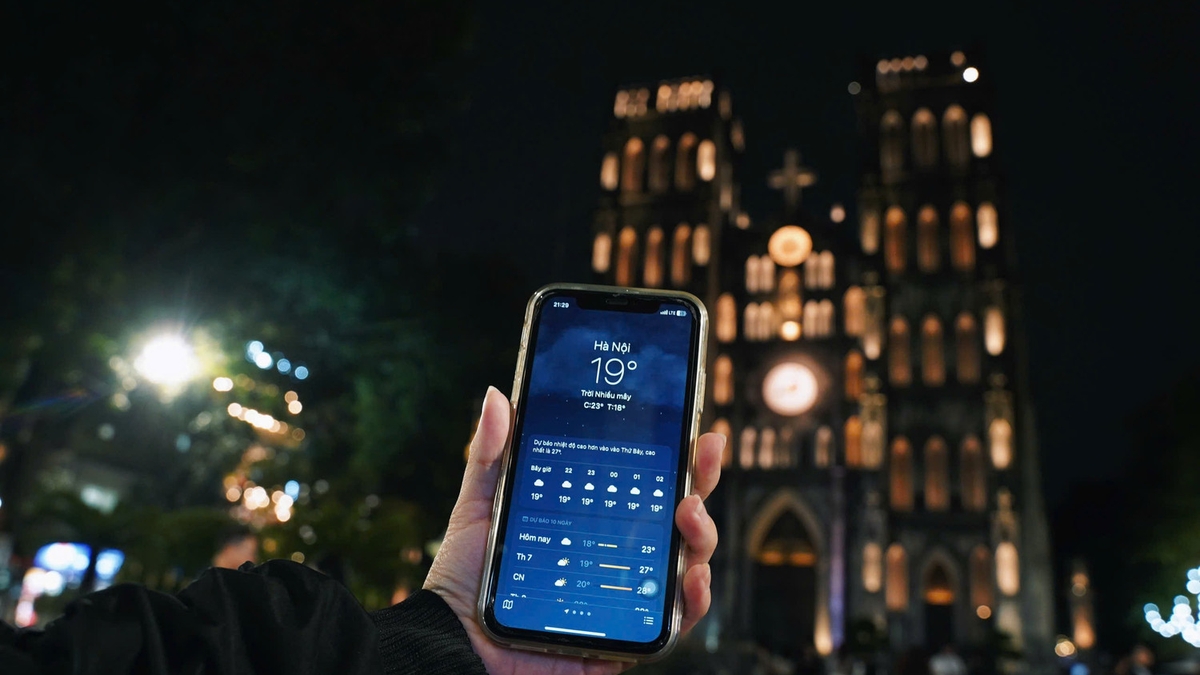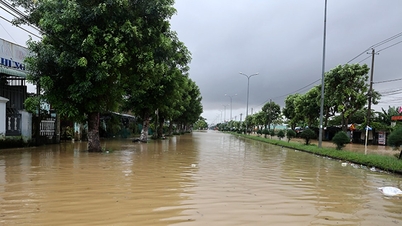A natural weather phenomenon called El Niño has begun in the Pacific Ocean, potentially adding to drought and heatwaves around the world.
On June 8, scientists at the Climate Prediction Center of the US National Oceanic and Atmospheric Administration (NOAA) confirmed that El Niño has begun and will gradually strengthen next year, possibly making 2024 the hottest year in history and pushing the global average temperature to rise beyond 1.5 degrees Celsius. El Niño also affects the world's weather, bringing drought to Australia, causing more rain in the southern United States and weakening the monsoon in India.
For months, researchers have been predicting an El Niño in the Pacific Ocean . This natural phenomenon is the most powerful change in the Earth's climate system. El Niño - Southern Oscillation (ENSO) has three different phases: warm, cold, and neutral. The warm phase, called El Niño, occurs every 2-7 years, causing warm water to rise to the surface off the coast of South America, spreading across the ocean, pushing large amounts of heat into the atmosphere. Record-breaking hot years, including 2016 (the hottest year on record), often fall the year after a strong El Niño event.

Heat wave exceeds 50 degrees Celsius in Hanoi at noon on May 6. Photo: Pham Chieu
Weather agencies around the world use different criteria to determine when this warming phase occurs. For US scientists, their definition requires that ocean waters be 0.5 degrees Celsius warmer than normal over a month, the atmosphere must react to this heat, and there must be evidence of a prolonged event. These conditions occurred in May.
“This is a very weak signal. But we are starting to see conditions and they will continue to strengthen,” said Michelle L’Heureux, a scientist at NOAA. “Our weekly assessment shows that the ocean warmed by 0.8 degrees Celsius this week.”
NOAA researchers say there is an 84% chance that El Niño will become moderately strong later this year, and a 25% chance that it will develop into a “super El Niño.” They predict that El Niño’s effects will be felt around the world, including drier weather in Australia and Asia and weaker monsoons in India. Southern US states will be wetter this coming winter. El Niño also exacerbates drought in Africa. This comes with huge human and economic costs. The strong El Niño of 1997-1998 caused more than $5 trillion in damage and 23,000 deaths from storms and floods.
An Khang (According to BBC )
Source link


![[Photo] Draft documents of the 14th Party Congress reach people at the Commune Cultural Post Offices](https://vphoto.vietnam.vn/thumb/1200x675/vietnam/resource/IMAGE/2025/10/28/1761642182616_du-thao-tai-tinh-hung-yen-4070-5235-jpg.webp)


![[Photo] National Assembly Chairman Tran Thanh Man received a delegation of the Social Democratic Party of Germany](https://vphoto.vietnam.vn/thumb/1200x675/vietnam/resource/IMAGE/2025/10/28/1761652150406_ndo_br_cover-3345-jpg.webp)
![[Photo] Flooding on the right side of the gate, entrance to Hue Citadel](https://vphoto.vietnam.vn/thumb/1200x675/vietnam/resource/IMAGE/2025/10/28/1761660788143_ndo_br_gen-h-z7165069467254-74c71c36d0cb396744b678cec80552f0-2-jpg.webp)






























![[Photo] President Luong Cuong attends the 80th Anniversary of the Traditional Day of the Armed Forces of Military Region 3](https://vphoto.vietnam.vn/thumb/1200x675/vietnam/resource/IMAGE/2025/10/28/1761635584312_ndo_br_1-jpg.webp)








































































Comment (0)